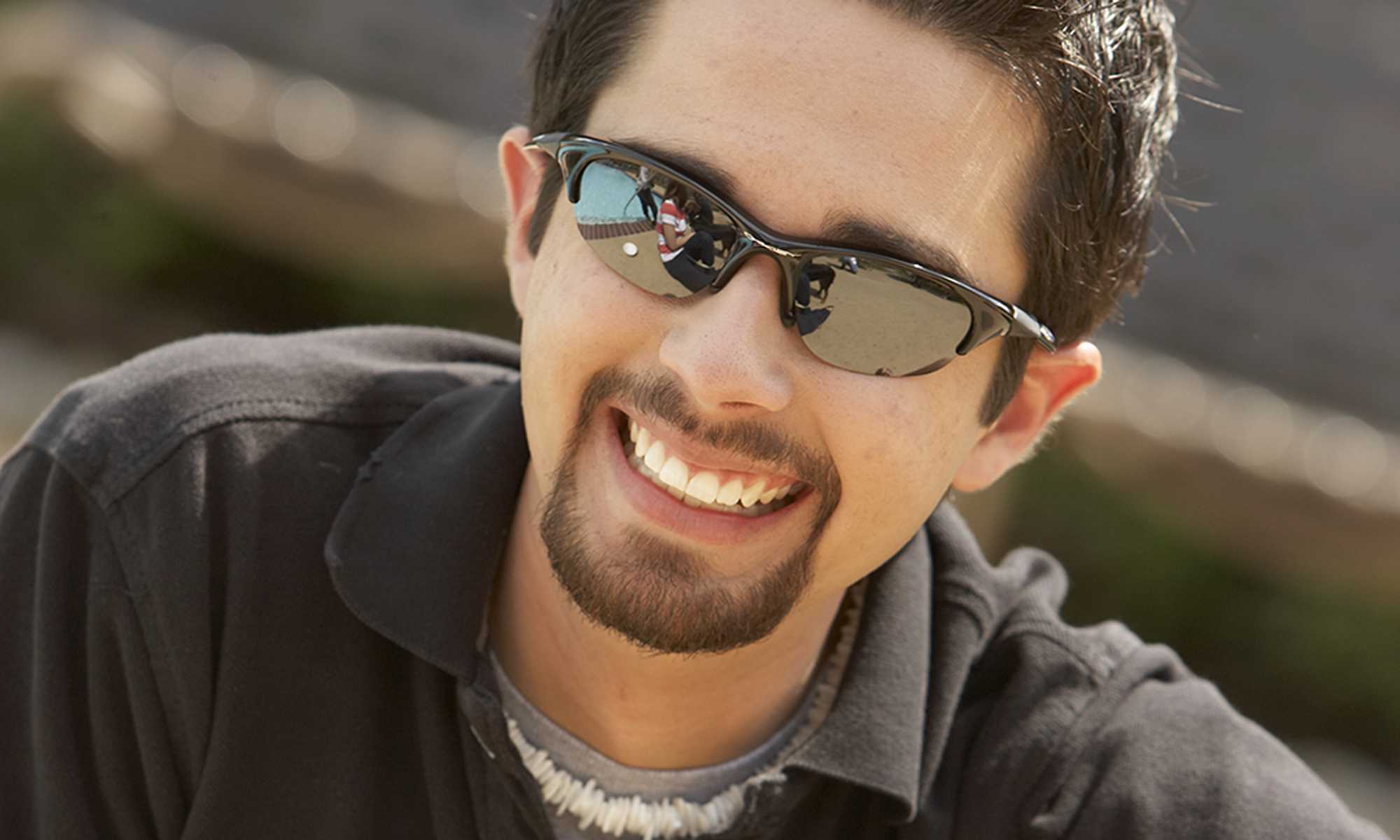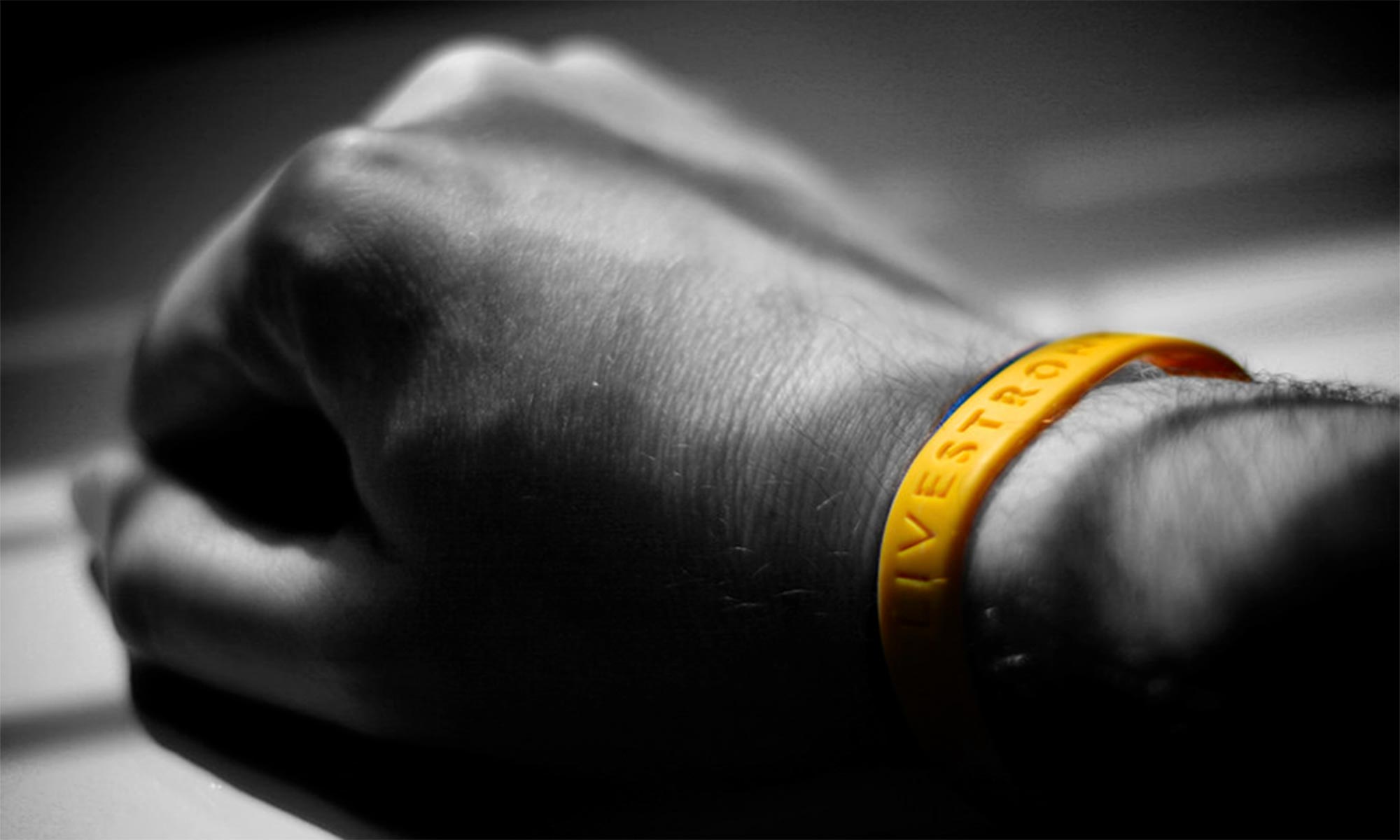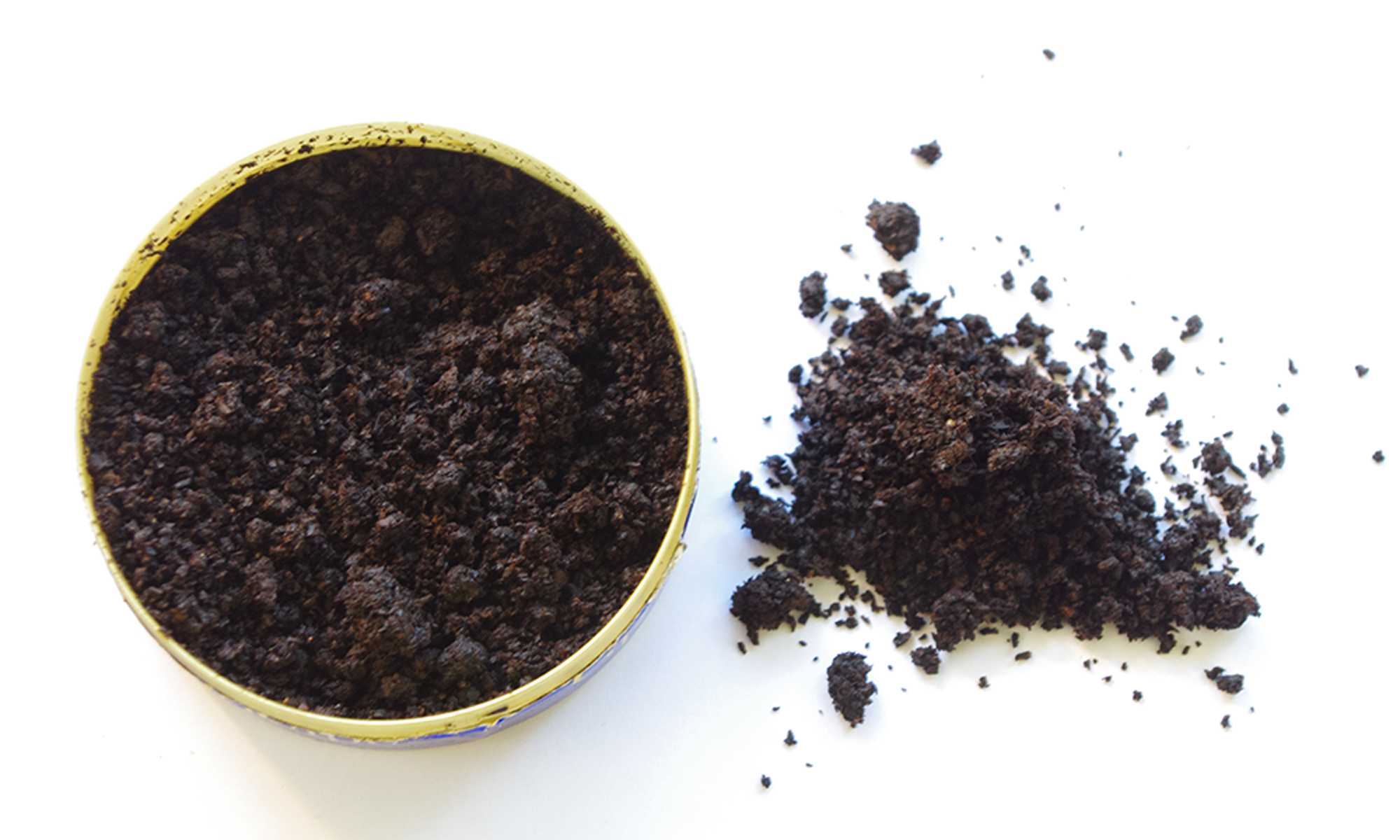Breast Cancer
It is important to know what the early signs of breast cancer are. The earlier the disease is caught, the better chance of survival. If you notice any of these signs or any changes in your breast, you should contact your doctor as soon as possible.
Signs of Breast Cancer
- A lump or thickening (a mass, swelling, skin irritation or distortion) in or near the breast or in the underarm area
- A change in the size or shape of the breast
- A change in the color or feel of the skin of the breast, areola, or nipple (dimpled, puckered or scaly)
- Nipple discharge, erosion, inversion or tenderness
Breast Cancer Terms
Carcinoma: A type of cancer that is in the lining of the breast. Nearly all breast cancers are carcinomas.
Andenocarcinoma: A type of cancer that starts in the gland tissue. It occurs in the glands that produce breast milk.
Carcinoma in Situ: Considered the early stages of cancer, when it is still in the cells in which it began. The cancerous cells have not spread into deeper tissues.
Invasive Carcinoma: A type of cancer that has spread into deeper tissues from the original cells in which it began.
Sarcoma: Cancers found in the connective tissues. Sarcoma are rare in breast tissues.
Stages of Breast Cancer
Stage 0: There is no evidence of cancerous cells or there is non-cancerous abnormal cells that have not invaded normal breast tissue.
Stage 1: Involves invasive breast cancer that produces a tumor up to 2 centimeters and does not involve lymph nodes.
Stage 2: There is no tumor found in the breast, but there is cancer found in the lymph nodes of the armpits. The tumor is from 2-5 centimeters. Also, there may be a tumor that is larger than 5 centimeters, but has not spread to the lymph nodes.
Stage 3: There can be no cancer found in the breast, but there is cancer found in the lymph nodes. The cancer in the lymph nodes may be located close to the breastbone and attached to other structures and 2 centimeters in diameter. Also, the cancer in the lymph nodes can be unattached from other structures, but is no larger than 5 centimeters. Lastly, the cancer may not be in the breast, the tumor in the lymph nodes can be any size and the cancer may have spread to the breastbone.
Stage 4: The cancer has spread to other organs in the body. Most often the bones, lungs, liver or brain.
Early Detection
- Clinical breast examinations every three years from ages 20-39, then every year thereafter
- Monthly breast self-examinations beginning at age 20. Look for any changes in your breasts
- Baseline mammogram by the age of 40
- Mammogram every one to two years for women 40-49, depending on previous findings
- Mammogram every year for women 50 and older
- A personal calendar to record your self-exams, mammograms and doctor appointments
- A low-fat diet, regular exercise and no smoking or drinking
Risks of Breast Cancer
All of these factors increase the risk of women being diagnosed with breast cancer in their lifetime. Some of the risks and hereditary and some are based upon lifestyle choices.
- Menstruating at an early age
- Mother or sister has had breast cancer
- Drinking alcoholic beverages
- Taking hormones, like estrogen and progesterone
- Smoking
- Lack of exercise
- High fat diet
How to Do a Self Breast Exam
Self breast exams should be performed every month for the best chance at early detection.

The next two steps are designed to emphasize any change in the shape or contour of your breasts. You should be able to feel your chest muscles tighten while doing these steps.


Some women do steps 4 and 5 in the shower. Fingers glide over soapy skin, making it easy to concentrate on the textures underneath.





